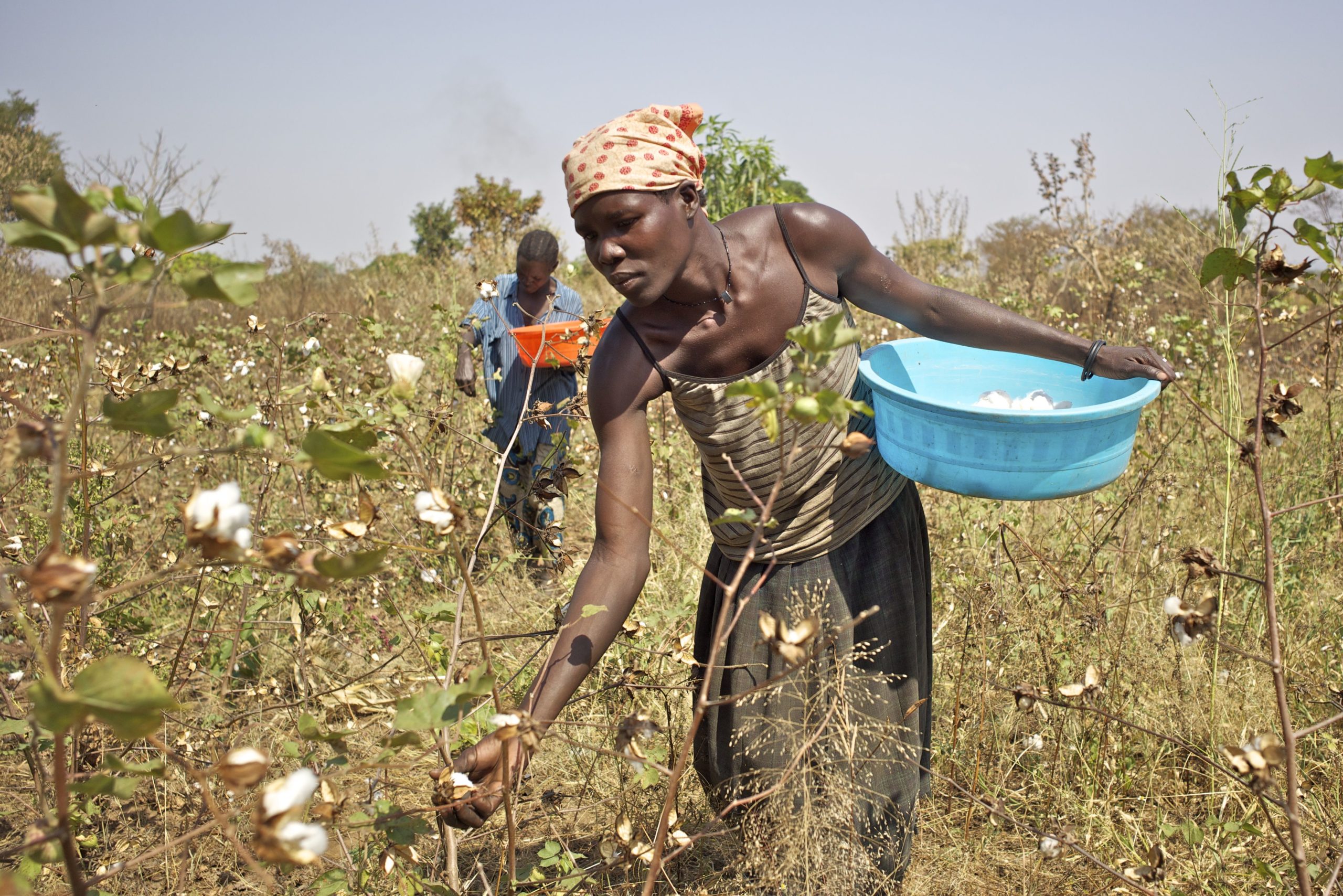“Who invented this fairy tale of thirsty cotton? Who claimed it, repeated it, spread it and made sure that everyone believes this fairy tale?” This is the question asked in a recent report by cotton textile specialist Gebr. Elmer & Zweifel of Bempflingen, Baden-Wurttemberg. Regardless of the search for the perpetrators of this exaggeration, the company argues that cotton needs less water than all common crops!
This escalation makes it clear that the cotton plant is not the problem. When faced with the threat of a water shortage, farmers will even choose to grow cotton rather than other crops. The problems are more a case of location, cultivation method and irrigation management.
Of course, cotton, just like any other plant, needs moist soil during the initial growth phase of around three months (not swampy, as in monocultures with poor water management). During the ripening period, temperatures should be around 30 degrees. Too much moisture, or even wetness, worsens the quality. Ideal location conditions can be found between the latitudes of 32° south and the 37° north, where there has still been sufficient rainfall. Here, no plant competes with another for water.

But even here, many sources now name 45° north as possible for the cultivation of cotton. The fact that as in Uzbekistan, which lies at 42° north, uncontrolled, permanent surface irrigation is leading, or has led to an environmental catastrophe such as the drying out of the Aral Sea, cannot be attributed to cotton. Instead, the cause is clearly to be found in the form of irrigation management. As an alternative, for example, there is targeted droplet irrigation, which greatly reduces water consumption. No water is lost through evaporation, and certainly not through the ‘thirst’ of the cotton plant. A notable example of this is Israeli cotton production, which plays a leading role in this irrigation method.
According to Gebrüder Elmer & Zweifel, “It is absolutely necessary that we finally differentiate between what can be attributed to the old crop plant and what is caused by monocultures, irrigation according to the ‘a lot helps a lot’ method and wrong site selection.”

